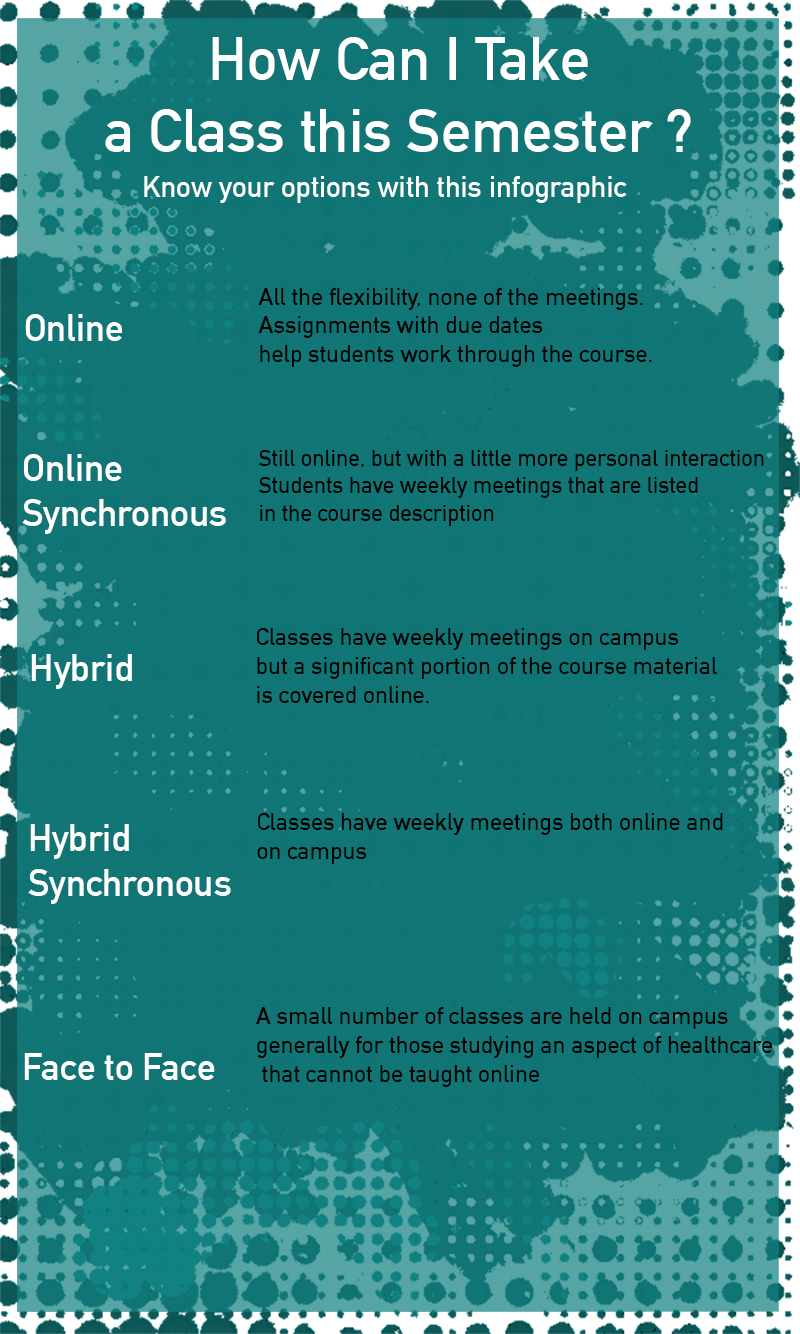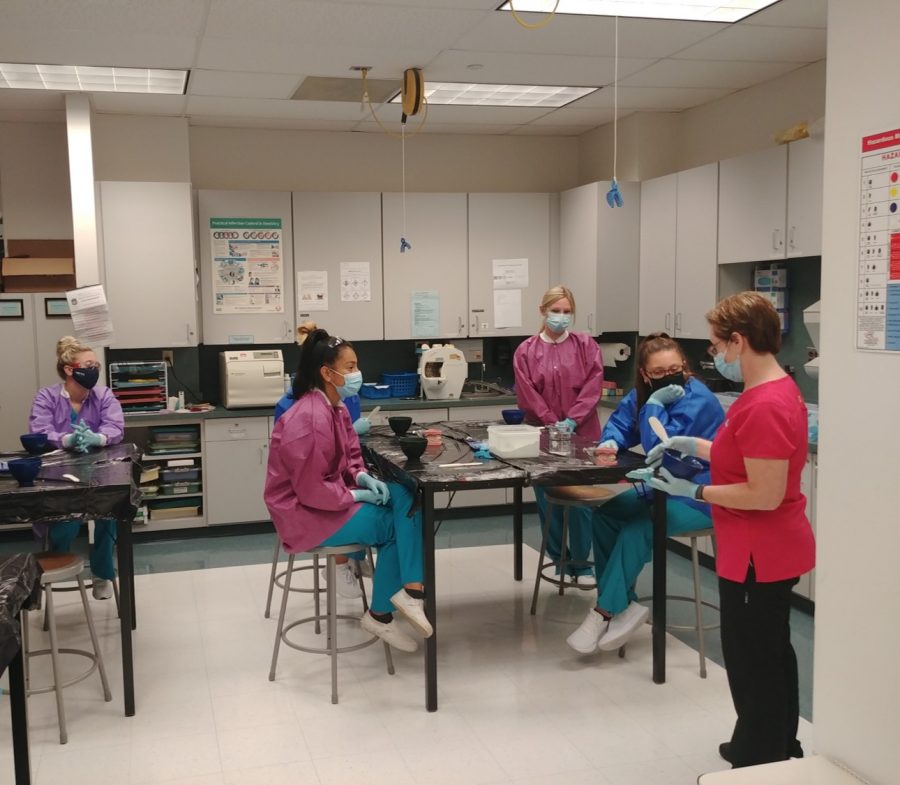180 classes to return to campus in spring
Approximately 180 classes will have limited number of face-to-face sections on campus next semester. Featured: Dental students in a face-to face class on the Arnold campus in the fall semester.
November 17, 2020
Students in approximately 180 classes will have the option to sign up for a limited number of face-to-face sections on campus next semester.
Included in Stage 3 of the Riverhawk Recovery Plan will be on-campus sections of approximately 70 classes in liberal arts; 40 in health sciences; 40 in continuing education; 20 in science and technology; and 10 in business and law.
Students in those sections—up to nine per class meeting—will meet on campus onceor twice a week, while the bulk of their coursework remains online.
“We found … that some students want to continue to have that personal interaction with faculty and fellow students,” AACC Executive Director of Strategic Communications Dan Baum explained.
The college has terms for each kind of class: “Hybrid” means students will come to campus for some instruction but get the rest online. “Online SYNC” means a course is all-online with a required Zoom or Teams meeting at least once a week. “Online” is a fully online class with no required meeting times.
When students sign up for the spring semester, those who register for a hybrid section may have a choice of days for their weekly in-person class, Baum said.

“You’ll be actually in a classroom with your professor and fellow students,” he explained. But “you’ll have to follow all the social distancing … requirements [and] fill out a health attestation form to be able to come to campus.”
Some students said they look forward to getting back on campus.
“It’d be a nice step [toward] … getting people back on campus, while still saying relatively safe,” Jacob Campbell, a third-year computer science student, said.
Second-year communications student Joseph Hayden disagreed.
“The way I see it is that it doesn’t seem that it gives much benefit if you’re only [on campus] for a very limited amount of time, unless you’re somebody that requires in–person training,” he explained. “But at the same time, it’s a nice way to wean people back to getting on campus.”












